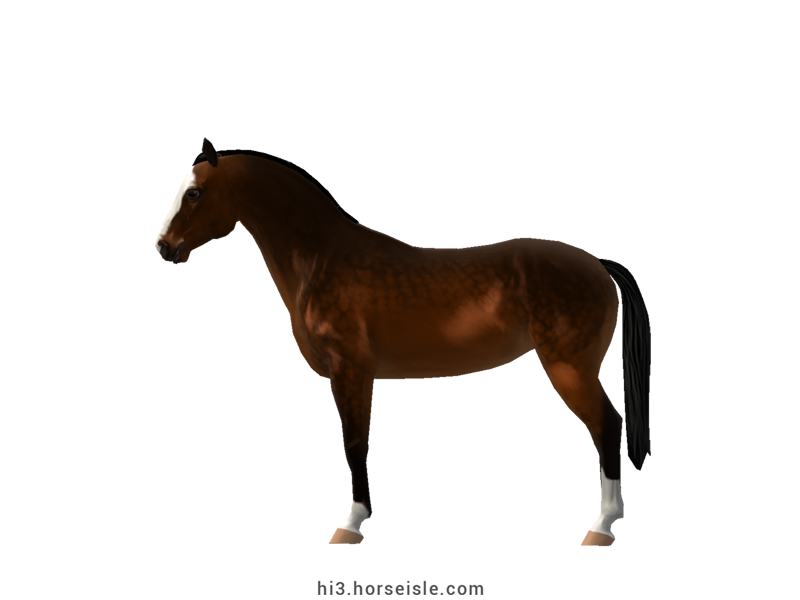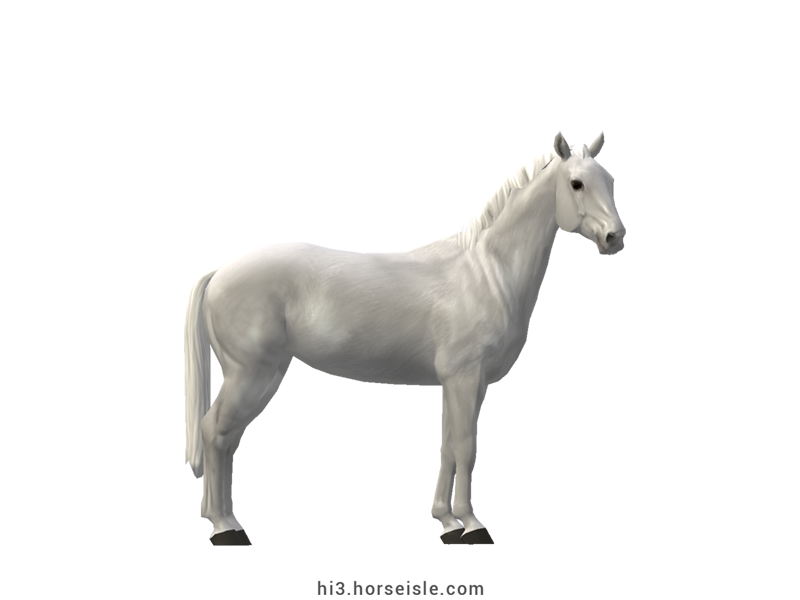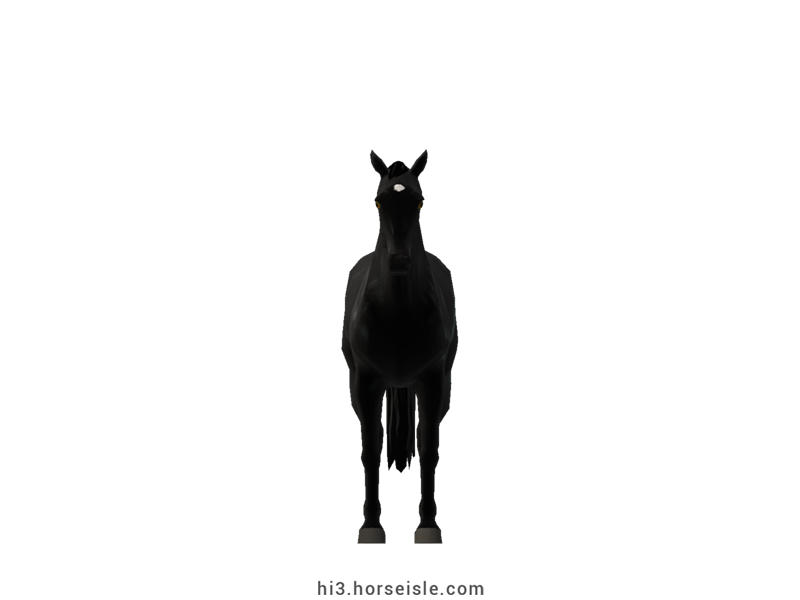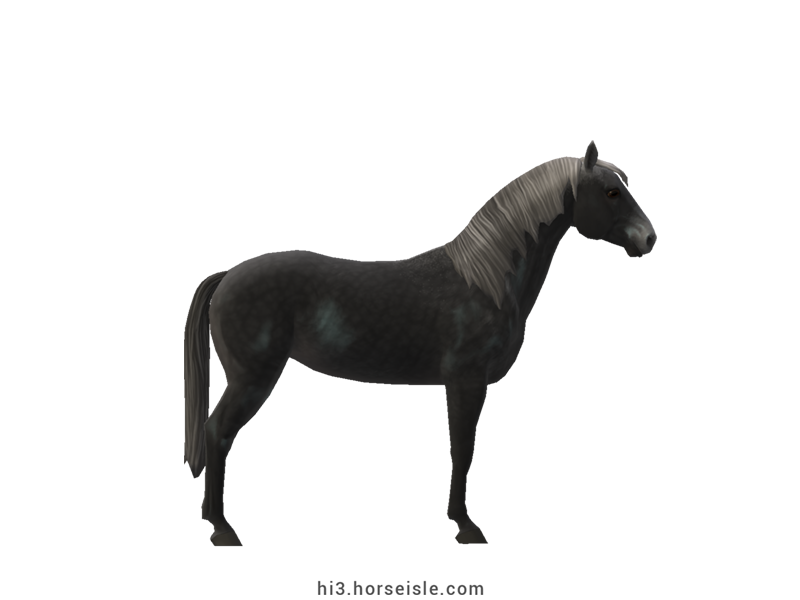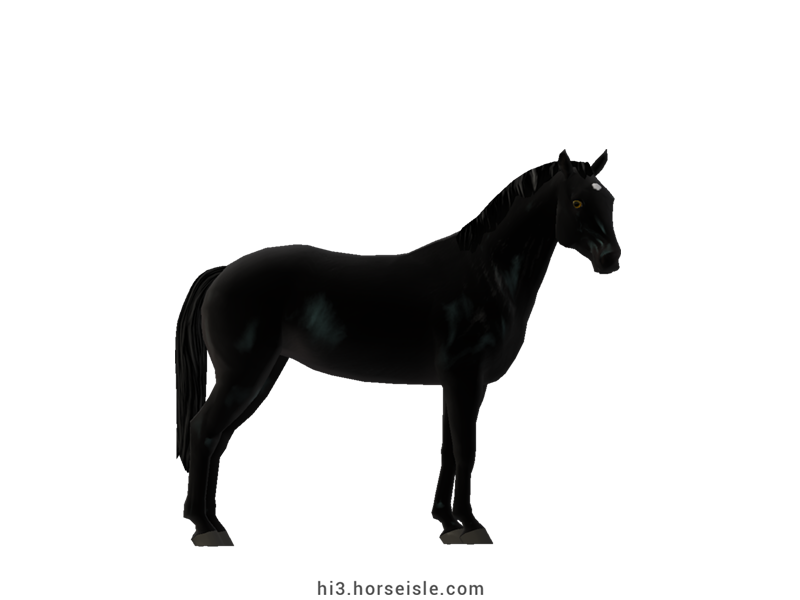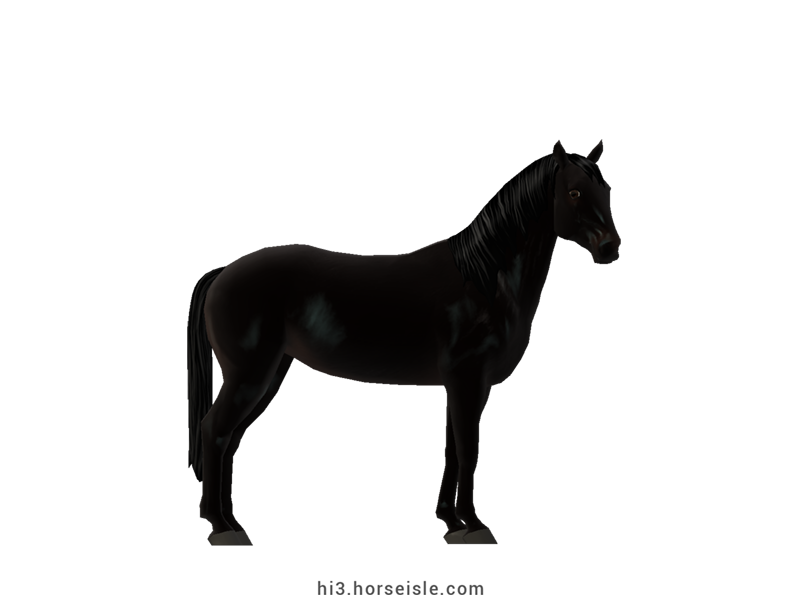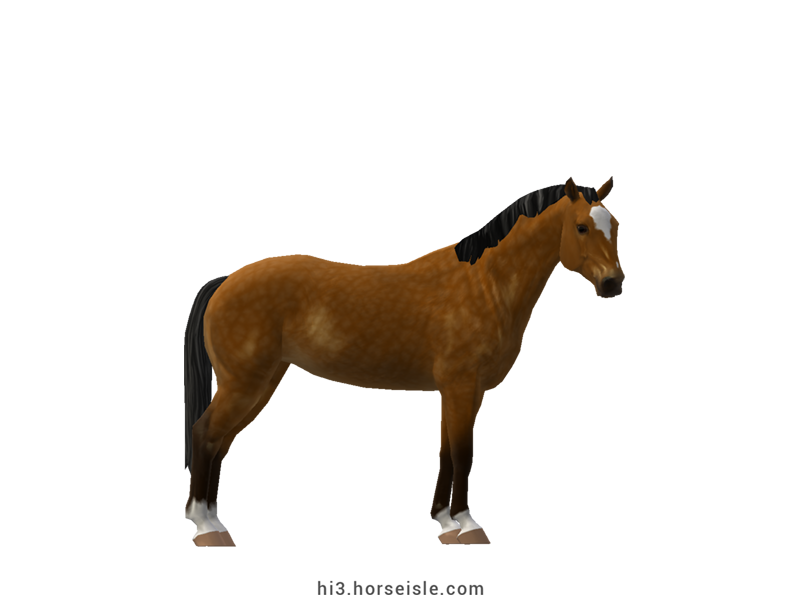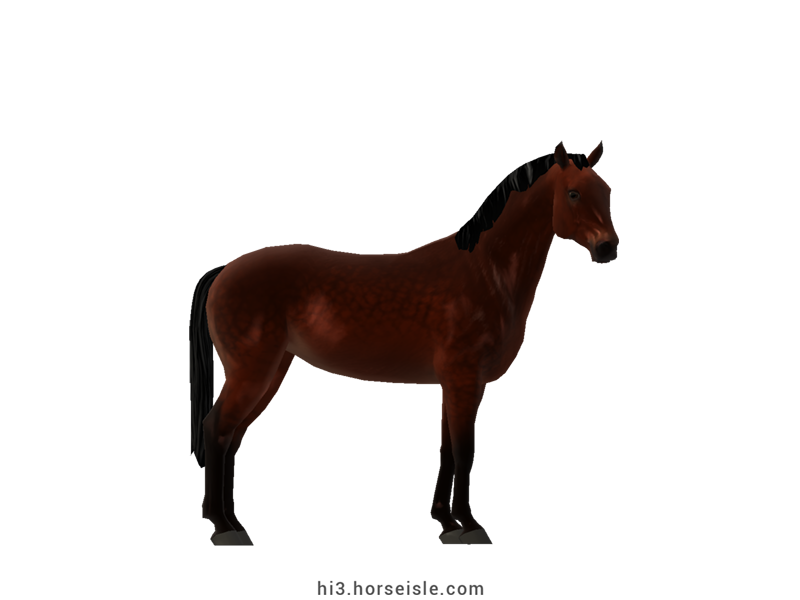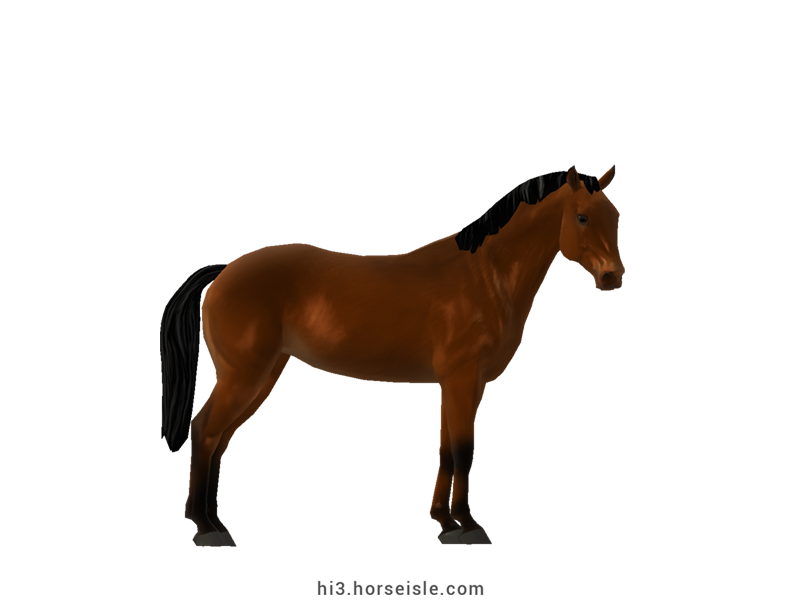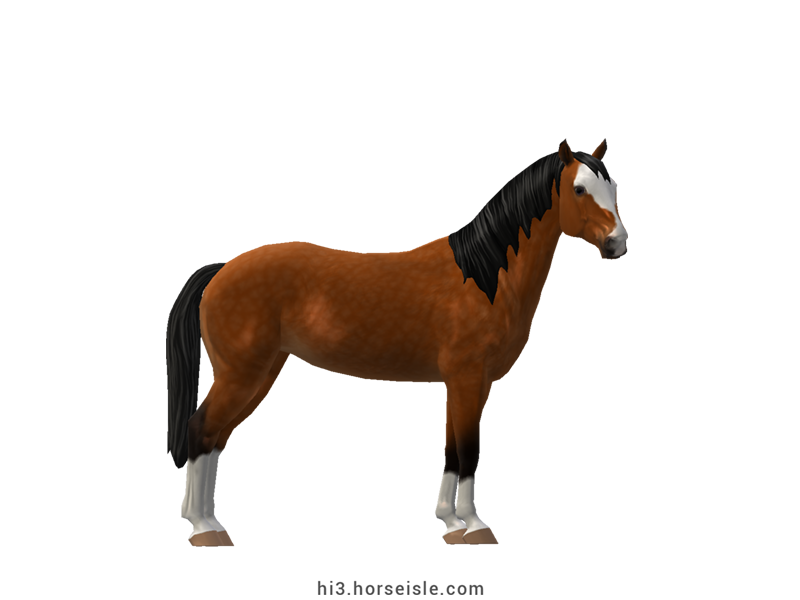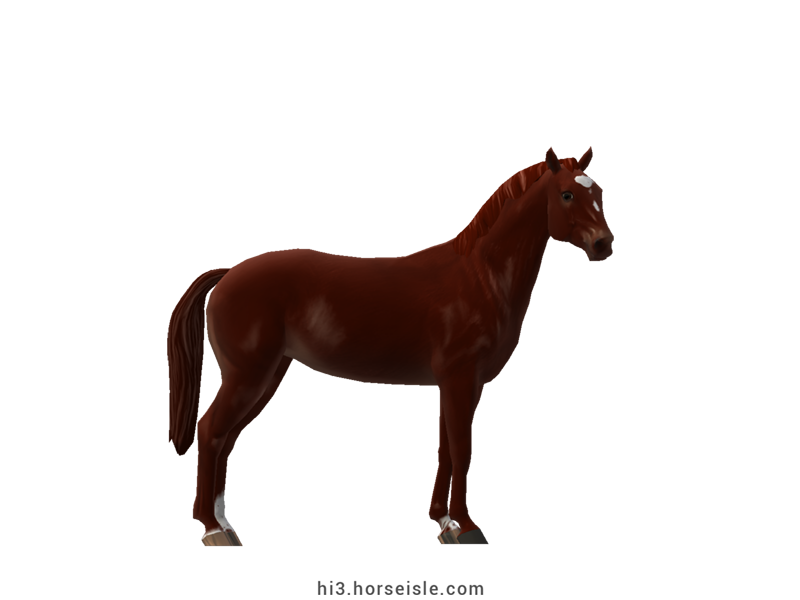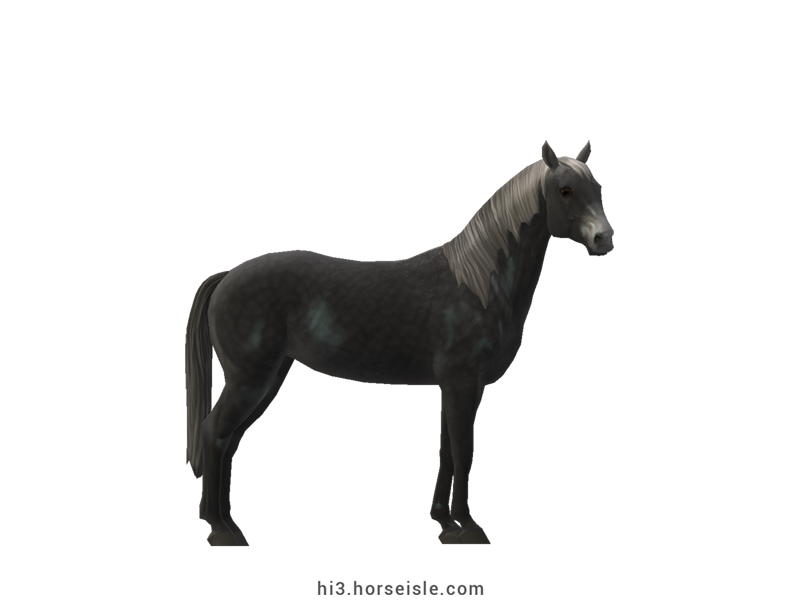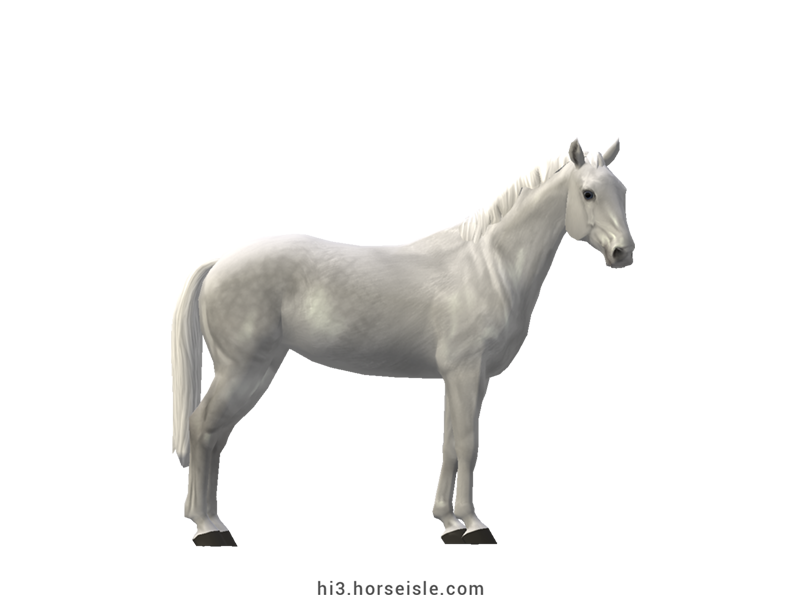Our Massive Real World Equine Reference!
[ INDEX ] Equine Type: Horse Breed: Orlov Trotter (OT) [ PREV ] [ NEXT ]
Smetanka, Polkan I, and Bars I:
Prior to the 1770s, Russia did not have any native breeds who could withstand long journeys while trotting at a decent speed. This changed in the 1770s, when a Russian Count called Alexei Grigoryevich Orlov decided to create a Russian trotter breed.
To achieve this, Orlov imported various European and Oriental horses and set up a breeding program. One of these horses was a large grey Arabian stallion called Smetanka, who had an excellent trotting gait, and therefore served as a prominent stallion in the breeding program.
One of Smetanka's offspring was Polkan I, who had a fine conformation but a bad trot. Therefore, Count Orlov crossed him with a Friesian mare who had a fine trot. The resulting foal, called Bars I, had both an excellent conformation and a great trotting gait, and grew to be the foundation stallion of the Orlov Trotter breed.
Gaining speed:
The breeding program for Orlov Trotters relied on a strict selection process, during which each horse was tested for its ability to trot for both short and long distances, and its conformation was assessed. Only horses who passed all of the tests were allowed to breed. In addition, mares and foals were kept in open meadows, in order to ensure that they can cope with the harsh Russian climate.
By the 1830s, the Orlov Trotter gained popularity in Russia. By the 19th century, the breed was well known throughout Europe for its speed and stamina, and many Orlov Trotters were exported to other European countries. Orlov Trotters were used for harness races and for pulling carriages. In Russia, they were also used to refine and improve other Russian breeds. The future seemed bright for Orlov Trotters, but it was about to change.
Falling from greatness:
During the end of the 19th century, a new breed was imported to Russia: the American Standardbred; a superb trotting breed who could outrace the old Orlov Trotter and left the latter redundant as a trotter. This led to two outcomes: First, the rate of exportation of Orlov Trotters to European countries plummeted. Second, the Russian government forbade the importation of additional Standardbreds and ordered that only Russian breeds will be used in racing.
These circumstances pushed Russian breeders to create an even better Russian trotter, by crossing their Orlov Trotters with the Standardbreds that were already imported to Russia. The resulting breed, called Russian Trotter, was an excellent trotter and became more popular than the Orlov Trotter, whose numbers began to dwindle due to excessive crossbreeding with Standardbreds (see the 'Russian Trotter' for more info.)
To make things worse for the breed, the first half of the 20th century brought with it the First World War, the Russian civil war, the collectivization, and the Second World War, all of which severely depleted the numbers of Orlov Trotters and damaged their breeding programs. Furthermore, because Orlov Trotters were no longer used for harness racing or for pulling carriages, there was no reason to keep breeding them, and their numbers plummeted even more.
Saving the old trotter:
However, not everyone wanted to see this fine Russian breed go extinct, and therefore during the 1990s dedicated breeders decided to save them. They did this by creating harness races which are restricted only to Orlov Trotters, thus creating a specific industry which revolves around the breeding of Orlov Trotters. While this led to an increase in the numbers of Orlov Trotters, this breed still remains rare today.
Conformation:
Ever since they were developed, Orlov Trotters have been known for their athletic and elegant look. Their high-set necks are long and arched, and attach nicely to their long and straight backs.
Performance metrics:
The following are the: range, average, (SD), and MOE of performance metrics of ordered Orlov Trotters in Horse Isle (not bred ones). In rare cases,
Speed: 16.5-17.8, 17.2 (0.3), 0.05.
Sprint: 48-59, 54 (2), 0.45.
Accel: 0.83-0.97, 0.90 (0.03), 0.01.
Decel: 0.90-1.02, 0.96 (0.03), 0.00.
Jump: 5.28-5.54, 5.40 (0.06), 0.01.
Pull: 2.19-2.78, 2.48 (0.13), 0.03.
Turning: 44.98-57.48, 51.72 (2.47), 0.48.
Reverse: 2.3-2.9, 2.6 (0.1), 0.02.
Stamina: 44.40-49.81, 47.20 (1.16), 0.23.
Reaction: 0.78-0.87, 0.82 (0.02), 0.00.
Coats & Height:
Colors: usually grey, but bay, black, brown, chestnut, and cream-dilutes, are found as well.
Additionals: flaxen, minimal-mealy, sooty, dark mane & tail. The coat is always solid but can have loud markings.
Height: 15hh to 17hh.
[ INDEX ] [ PREV ] [ NEXT ]

